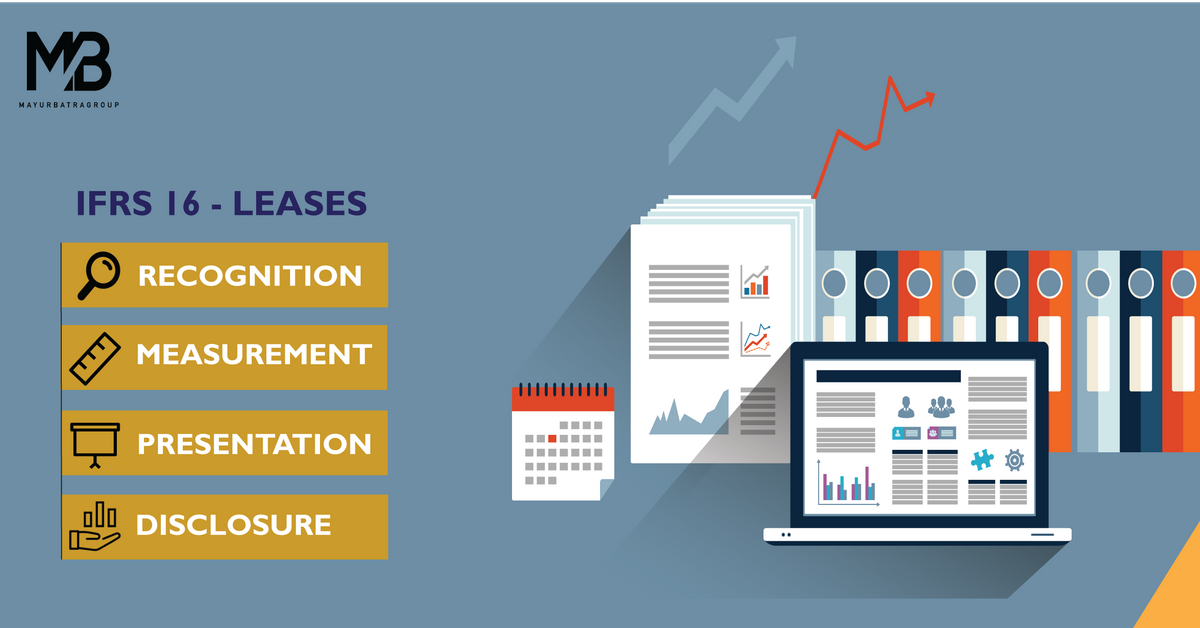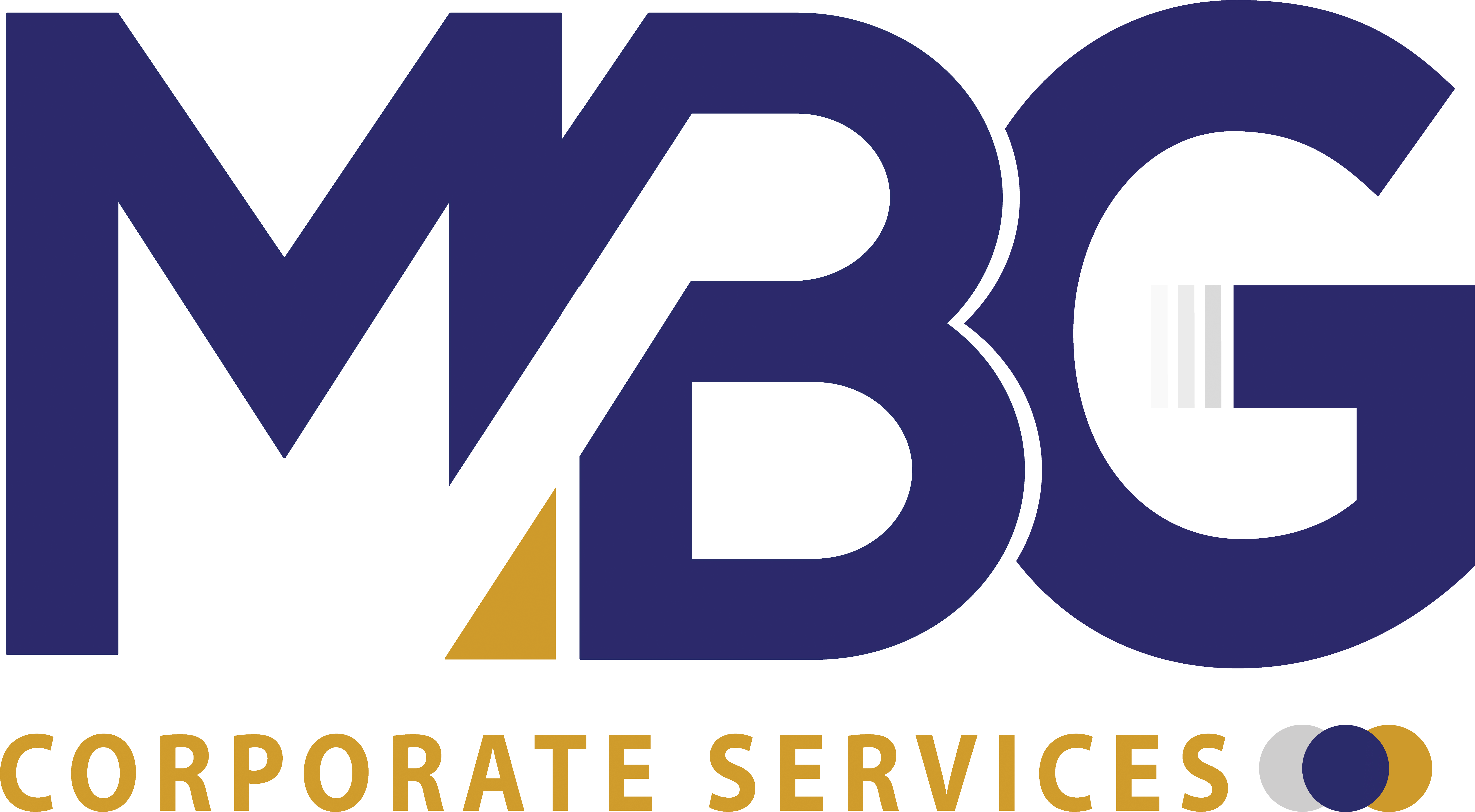In January 2016 the IASB issued IFRS 16 on leases and is applicable for reporting periods on or after 01
st January 2019. IFRS 16 sets out a comprehensive model for the identification of lease arrangements and their treatment in the financial statements.
IFRS 16 replaces the following standards and interpretations:
| IAS 17 |
Leases |
| IFRIC 4 |
Determining whether an arrangement contains a lease |
| SIC 15 |
Operating leases – Incentives |
| SIC 27 |
Evaluating the Substance of Transactions Involving the Legal Form of a Lease |
Objective
IFRS 16 establishes principles for the recognition, measurement, presentation and disclosure of leases, with the objective of ensuring that lessees and lessors provide relevant information that faithfully represents those transactions.
Impact on Lessee
IFRS 16 removes the distinction between operating (“off-balance sheet”) and finance (“on balance sheet”) leases for lessees. This will result in significant changes for lessees’ financial statements, including:
- All leases being recorded on balance sheet (except, as an option, for low value and short-term leases)
- Increased disclosure about the entity’s leasing activities
Impact on Lessor
For lessors, the recognition and measurement principles of IAS 17 have been brought forward mostly unchanged. However, lessors will be subject to significantly increased disclosure requirements.
Implications
- New requirement will affect lessee’s financial statement as all leases are required to be brought on-balance sheet.
- The new standard will affect the balance sheet and balance sheet-related ratios such as the debt/equity ratio.
- Impact on the income statement as the entity now has to recognize interest expense on the lease liability and depreciation on the ‘right-of-use’ asset.
- Changes in presentation as EBIT and EBITDA will be higher for companies that have material operating leases.
- Cash flow disclosures will change as cash payments for the principal portion of the lease liability will be classified within financing activities and interest on the lease liability can be presented as operating cash flow (depending on the entity’s accounting policy regarding interest payments).
Transition Approach
| Retrospective application or modified approach?
|
Option 1 – Retrospective
Restate comparatives as if IFRS 16 always applied |
| Option 2 – Modified (Do not change comparative FS)
Difference between asset and liability recognized in opening retained earnings at transition date
Calculate present value of remaining lease payments for existing operating leases using incremental borrowing rate at date of transition
Choose how to measure ROU asset on lease-by-lease basis |
Option 2A –
Measure asset as if IFRS 16 had been applied from lease commencement (but using incremental borrowing rate at date of transition)
Option 2B –
Measure asset at amount equal to liability (adjusted for accruals and prepayments) |
Effective Date and Transition
An entity applies IFRS 16 for annual reporting periods beginning on or after 1 January 2019. Earlier application is permitted if IFRS 15 Revenue from Contracts with Customers has also been applied.
As a practical expedient, an entity is not required to reassess whether a contract is, or contains, a lease at the date of initial application.
Contact Us for more information.
Last Updated: 24th September 2019
This article is contributed by:
Manish Kaushal
Manager-Accounting Advisory

Tag: IFRS 16, UAE Business




